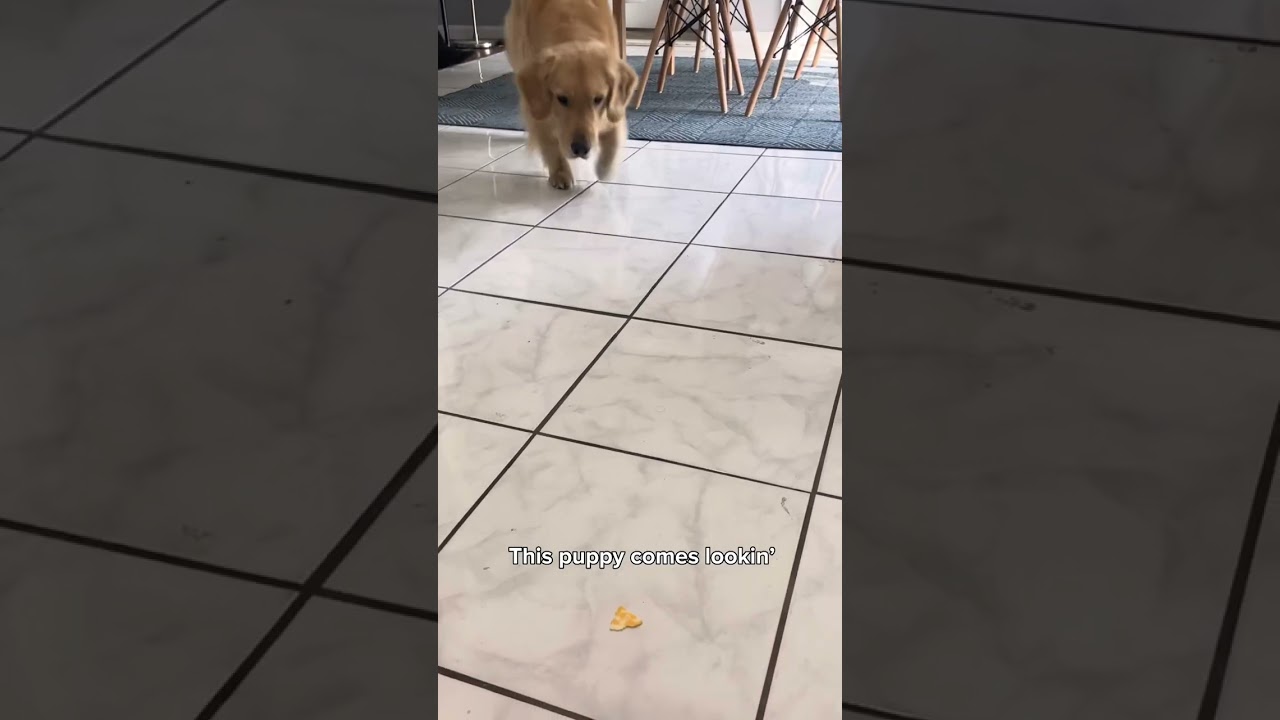Hilarious and Heartwarming: Golden Retrievers Play Outdoor Hide-and-Seek
Introduction
Golden Retrievers are known for their friendly and playful nature, making them one of the most popular dog breeds
worldwide. In this article, we will explore a hilarious and heartwarming game of hide-and-seek played by these
adorable golden furballs in an outdoor setting. Get ready for some laughter and warm fuzzies!
The Game Begins!
On a bright sunny day, a family decided to play hide-and-seek with their two Golden Retrievers, Max and Daisy.
The wide open spaces of their backyard offered the perfect playground for this exciting game. The family gathered
together, with parents acting as referees, while Max and Daisy eagerly awaited their turn to start the fun.
Round 1 – Max’s Hiding Spot
Max, the older and craftier of the two Retrievers, was the first to hide. With his intelligent eyes twinkling, he
quickly scampered away to find the best spot. As the countdown began, he disappeared behind a large oak tree,
stealthily camouflaging himself among the fallen leaves.
The family’s search for Max took them on an amusing adventure. Daisy, wagging her tail, led the way, sniffing the
ground desperately, trying to catch Max’s scent. The children laughed as Daisy seemed to follow a trail that led
in circles, much like a confused detective on a comical mission.
After a series of false alarms, their giggles filled the air when one of the kids pointed out, “Look, Max is so
sneaky, he’s hiding right in front of us!” With all eyes on the tree, they finally spotted Max’s wagging tail
sticking out from behind the trunk. It was a moment of triumph and joy as Max was discovered, ending round one of
the game.
Round 2 – Daisy’s Hiding Spot
Now it was Daisy’s turn to hide. Excitement filled the air as Daisy bounded away, determined to find the perfect
hiding spot that would make her equally challenging to find. She made her way towards the family’s flower garden,
where colorful blossoms offered her great cover.
The family’s search for Daisy led them to the flower garden, where the children carefully inspected each flower
bed. Daisy had managed to sneak herself behind a row of sunflowers, cleverly blending in with their vibrant
yellow petals. The family searched high and low, but Daisy’s hiding skills proved to be exceptional this time.
Just as the kids were about to give up, a small twitch of Daisy’s nose gave her away. Her attempt to suppress her
growing excitement caused bubbles of laughter from the children. Daisy had hidden right under their noses, and
they hadn’t noticed until that delightful moment.
The Conclusion
Playing hide-and-seek with Golden Retrievers turned out to be a priceless experience for this family. The genuine
joy and laughter shared among family members created unforgettable memories. The game not only showcased the
playful nature of the Retrievers but also emphasized the strong bond they had with their human companions.
These furry friends never failed to bring a smile to everyone’s face. Their wagging tails, mischievous antics,
and expert hiding skills added an extra dimension of entertainment to the game. It was a heartwarming reminder of
the incredible happiness dogs can bring to our lives.
FAQs
1. Can other dog breeds play hide-and-seek too?
Yes, absolutely! Hide-and-seek is a universal game that can be played with any dog breed. However, different breeds
may exhibit different levels of enthusiasm and skill in playing the game. Golden Retrievers are particularly known
to excel in hide-and-seek due to their intelligence and playful nature.
2. Are there any training techniques to teach dogs how to play hide-and-seek?
Yes, there are training techniques to help dogs understand the concept of hide-and-seek. It typically involves
associating a unique command or cue, like “hide” or “find,” when hiding or seeking. With consistent training and
positive reinforcement, dogs can learn to enjoy and participate in this engaging game.
References
1. “Golden Retrievers.” American Kennel Club. target=”_blank”>https://www.akc.org/dog-breeds/golden-retriever/.
















